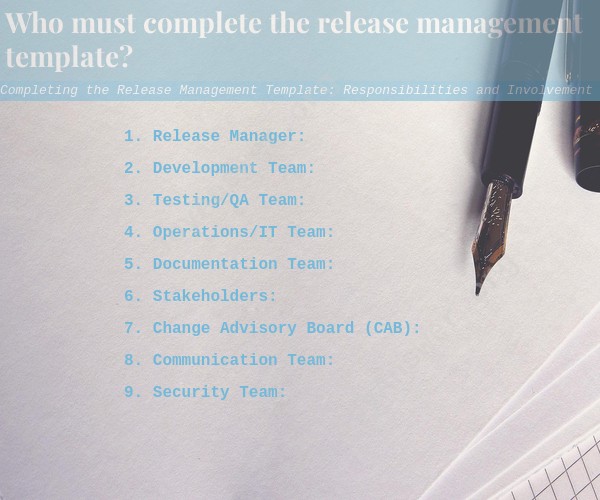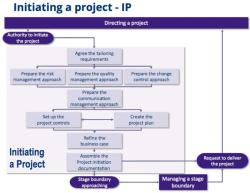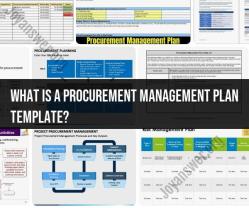Who must complete the release management template?
A Release Management Template outlines the responsibilities and involvement of various roles and teams in the software release process. Here's a breakdown of typical responsibilities and involvement for different stakeholders:
1. Release Manager:
- Overall ownership of the release process.
- Planning, coordinating, and scheduling releases.
- Creating a release plan and communicating it to relevant teams.
- Ensuring that release documentation is complete and accurate.
- Overseeing the execution of the release plan.
- Identifying and mitigating risks.
- Communicating release status and updates to stakeholders.
2. Development Team:
- Providing the code for the release.
- Conducting code reviews and ensuring code quality.
- Collaborating with the testing team to resolve issues.
- Ensuring that all code changes are properly documented.
- Assisting with troubleshooting and issue resolution during release.
3. Testing/QA Team:
- Ensuring that the release meets quality standards.
- Conducting various types of testing, such as functional, regression, and performance testing.
- Identifying defects and issues and reporting them to the development team.
- Collaborating with the development team to validate fixes.
- Providing test results and quality reports to the release manager.
4. Operations/IT Team:
- Setting up the deployment environment.
- Deploying the release to production or staging environments.
- Monitoring the release during deployment to identify any issues.
- Performing post-release checks and monitoring for stability.
- Rolling back the release in case of critical issues.
5. Documentation Team:
- Creating and maintaining release documentation, including release notes and user guides.
- Ensuring that documentation accurately reflects the changes introduced in the release.
- Collaborating with other teams to gather relevant information for documentation.
6. Stakeholders:
- Providing input on release priorities and requirements.
- Reviewing and approving release plans.
- Receiving and providing feedback on release documentation.
- Being informed about the progress and status of the release.
7. Change Advisory Board (CAB):
- Reviewing and approving release plans and schedules.
- Ensuring that proposed changes align with business needs and goals.
- Evaluating potential risks and impacts of the release.
- Providing recommendations and feedback to the release manager.
8. Communication Team:
- Communicating release announcements and updates to internal and external audiences.
- Ensuring that release communications are clear, accurate, and timely.
- Managing communication channels and platforms used for release updates.
9. Security Team:
- Reviewing the release for potential security vulnerabilities.
- Ensuring that security measures are in place before the release.
- Collaborating with the development and operations teams to address security concerns.
These responsibilities and involvement levels can vary based on the organization's structure, the complexity of the release, and the specific processes in place. The Release Management Template should be tailored to your organization's needs to ensure a smooth and successful software release process.











